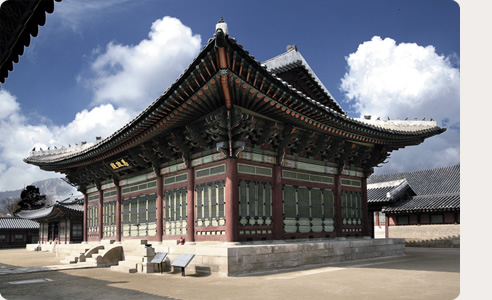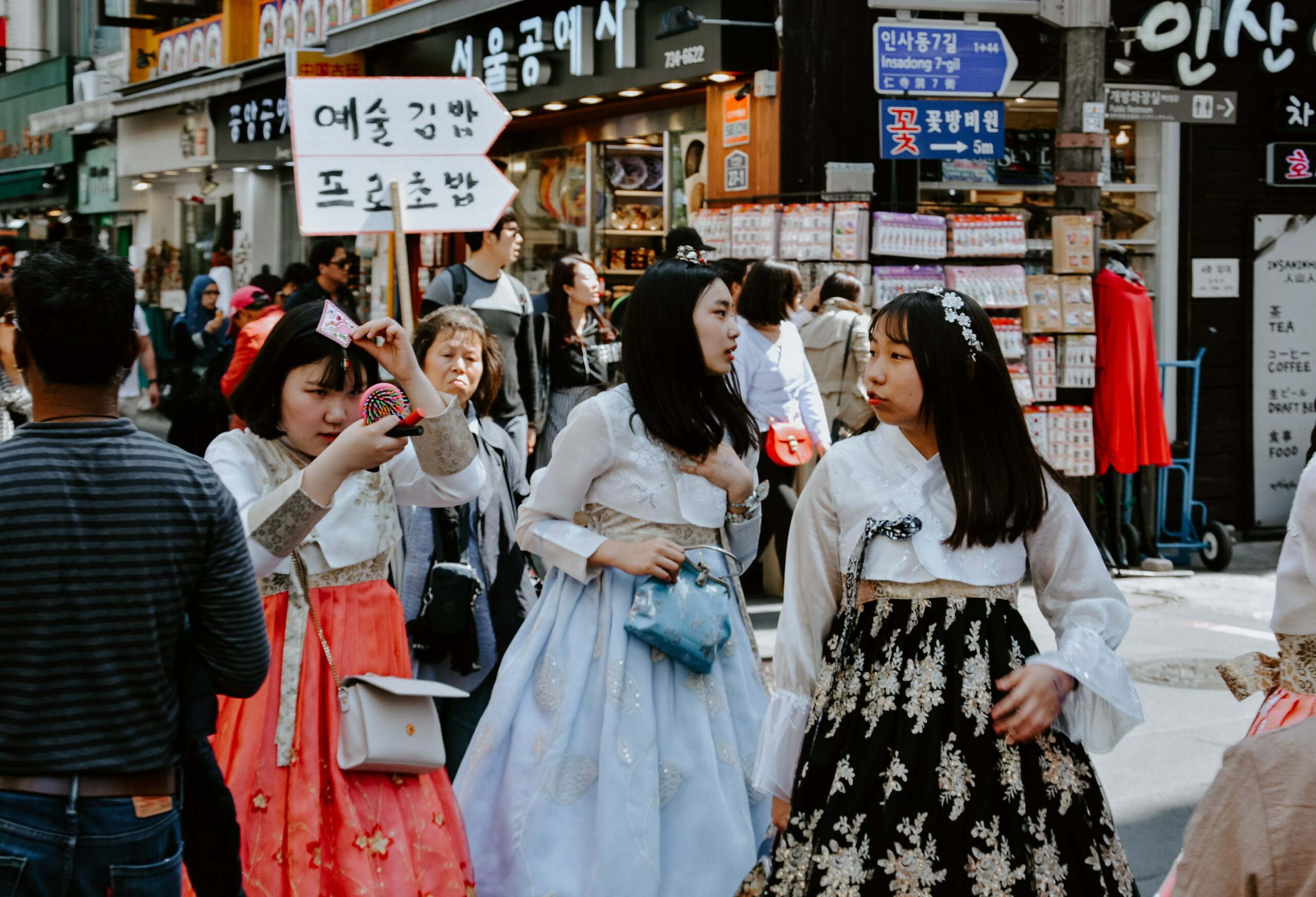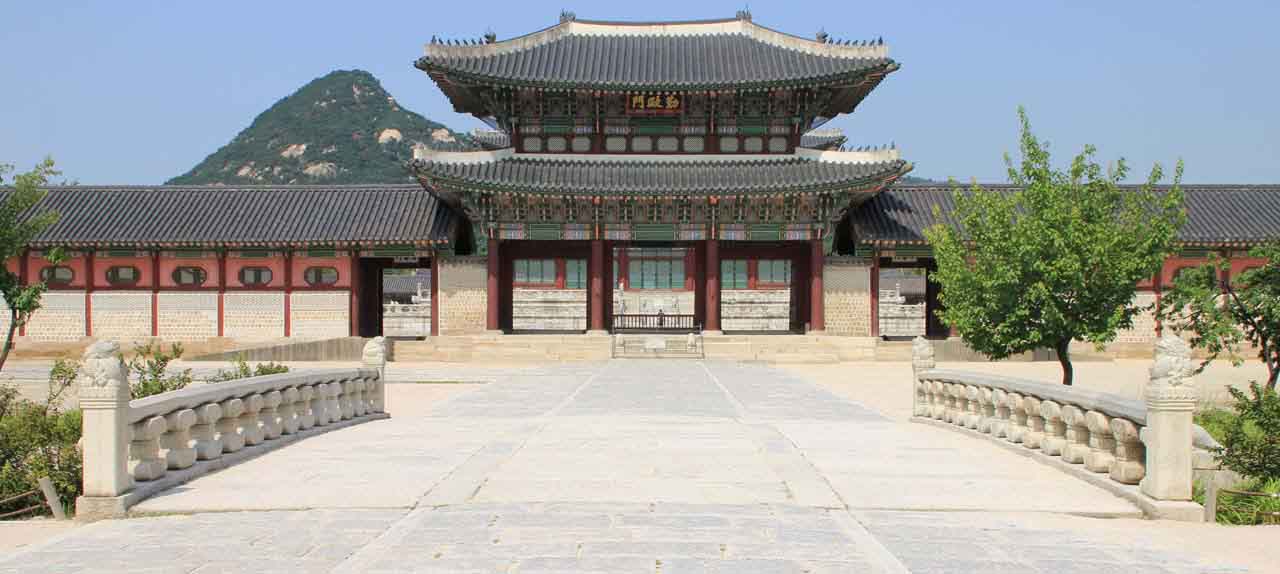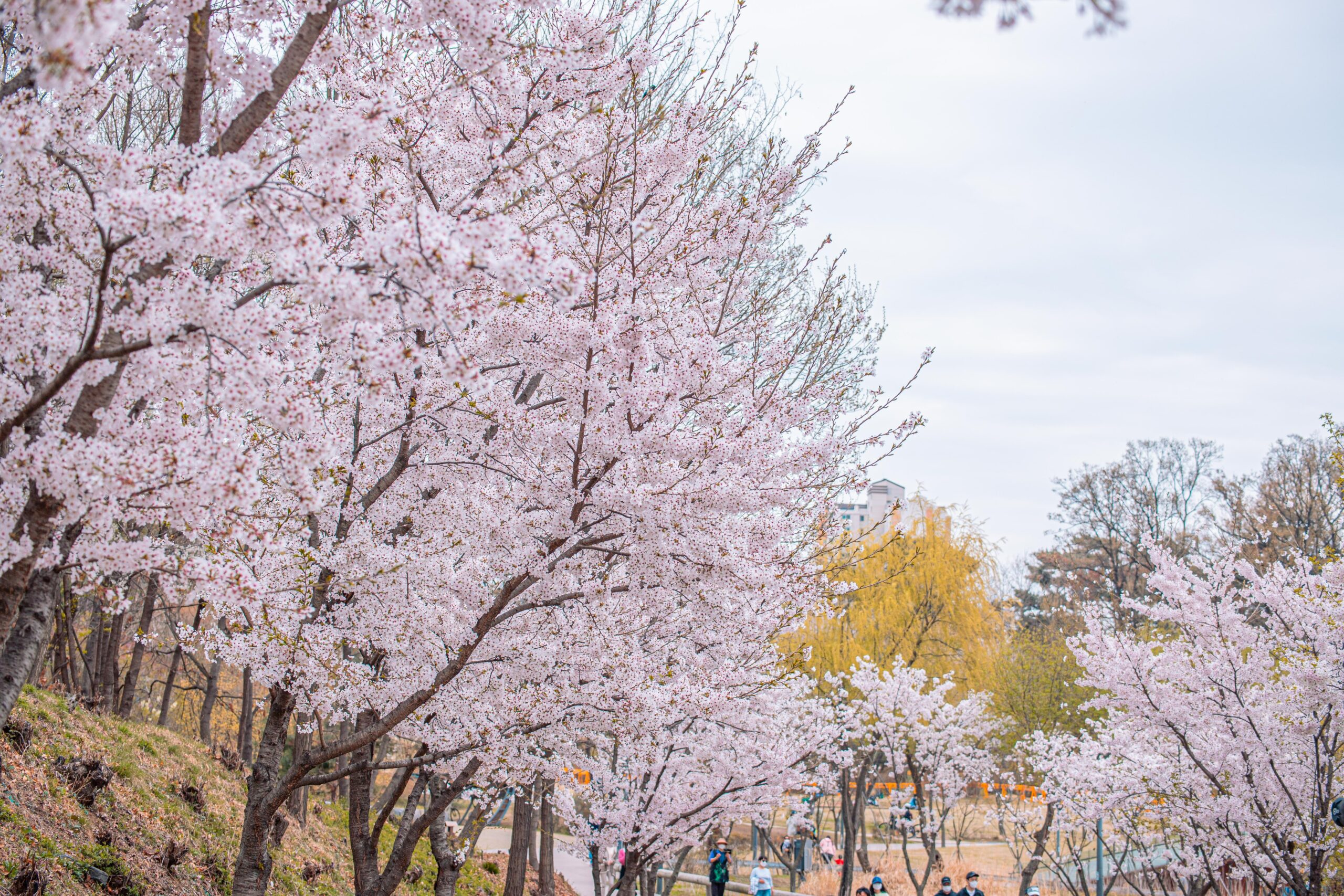Sajeongjeon Hall (사정전): The King’s Office
In Gyeongbokgung palace, Sajeongjeon hall is the king’s working chamber like doing his daily affairs. Also, the king was discussing state affairs with his officials and making official appointments. The king studies in Sajeongjeon hall as well. You can see there are two additional buildings on each side. As you know, Korea has four distinct seasons, so the king could work in the main building of Sajeongjeon in Spring, Summer, and Autumn, but it could be so cold in Winter. So they built those additional buildings installed Ondol which is the Korean traditional heating system. You can see the fireplace on each building and there are also chimneys on the back of the building.
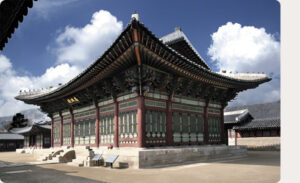
Gangnyeongjeon Hall (강녕전): The King’s Residing Quarter
Gangnyeongjeon was the king’s residence. In both rooms of this building, there are 9 rooms. The shape of the hashtag is similar to how each room is placed. The central room was the place where the king slept and the surrounding 8 rooms were the place the court ladies kept night watch. During the Joseon dynasty, the east is higher than the west so the king mostly slept on the east side and had some refreshment while studying or reading a book.
Also, no furniture pieces were allowed inside any of the king’s rooms, so as to prevent potential assassins from hiding in closets or cabinets.
King’s Daily Life
Many people wish that they would a king. However, once you know the king’s daily schedule, you’d change your mind as the king’s daily life was much busier and more greatly restricted than we thought. See the daily schedule that Joseon’s king generally followed.
4-5am: wake-up for the day
6am: courtesy visit to the elderly royal figures in the palace
7am: breakfast
8am: morning study
10am: morning court sessions (daily or four-times-a-month sessions)
11am: debriefing for the morning or meetings with officials
12pm-1pm: lunch
2pm: afternoon study
3pm: meetings with officials
5pm: verification of guards on palace night duty
6pm: evening study
7pm: dinner
8pm: courtesy visit to elderly royal figures in the palace
10pm: reviews of written petitions
11pm: bedtime
Study, study, and study again… During the Joseon Dynasty, the king was destined to study for the rest of his life. The king was a man who had to rule the world on behalf of heaven and lead people to the right path. In order to make it come true, he had to learn the teaching of the sages. The king of Joseon aimed to become a great king and studied all his life to growing himself.
How kings ate
During the Joseon Dynasty, a king received a total of five meals a day. A big meal with 12 side dishes was served twice at 10 a.m. and 5 p.m. respectively. Before and after this, breakfast and lunch were set up. At night, a light meal was served.
The amount was so large that the king couldn’t eat it alone. Even King Sejong, who is regarded as the best gourmet/meat-eater of the Joseon Dynasty, boasts a portion that seems to be half-eatable. This is because the king ate only part of the side dishes left after the king finished his meal, and the servants or the court ladies had them. It may sound strange by modern standards, but it indicated that the king gave the king’s food to the trusted person. So the king had his meal as clean as possible, thinking about the lower people who would have afterward.
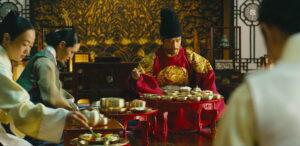
At mealtimes, three court ladies served the king each one having different functions. The oldest one, called Gimisangung, tested small portions of the rice and all the other dishes for possible poison. The king had to wait until she decided that the food was poison-free.
Spoons and chopsticks made of silver were used for this test since silver changes color when it is exposed to poison. Two other court ladies waited on the king.
